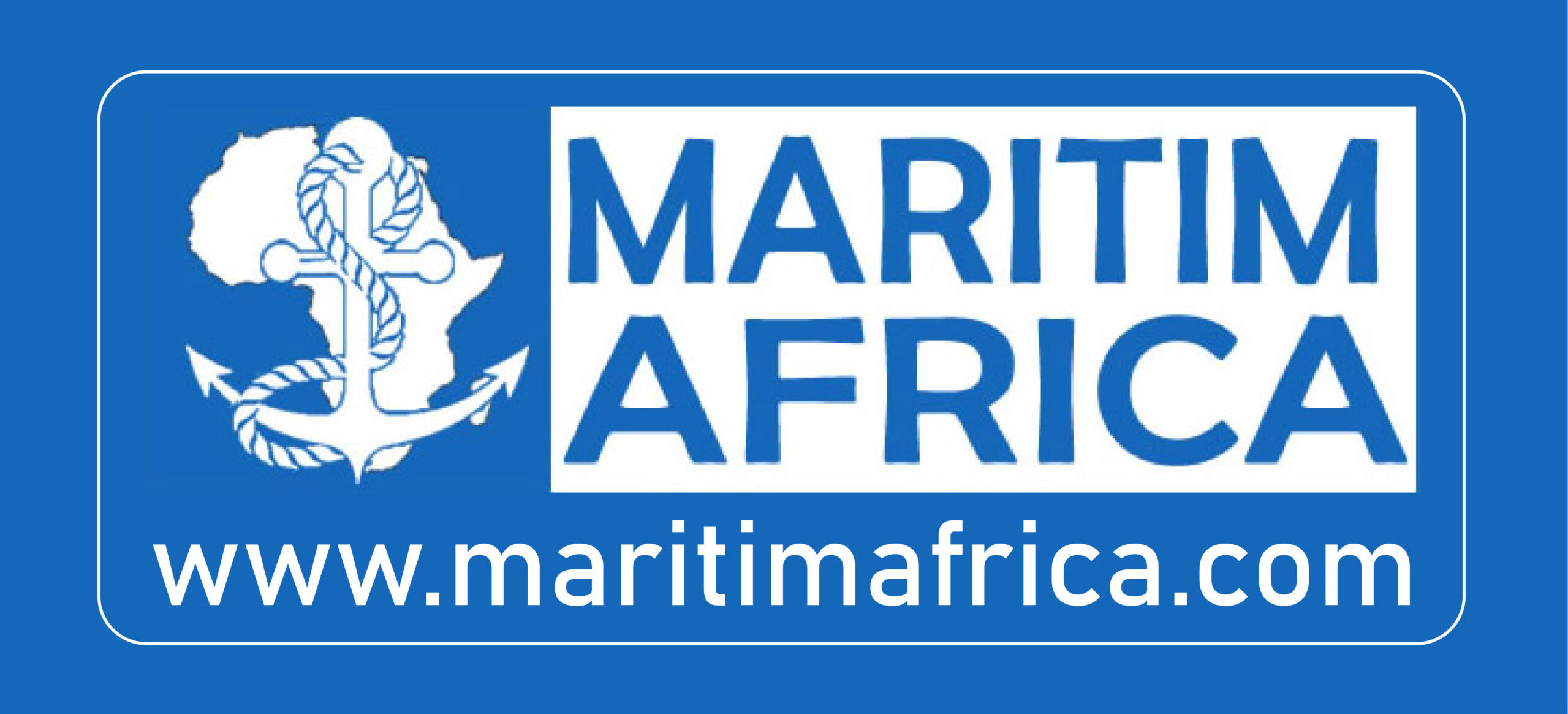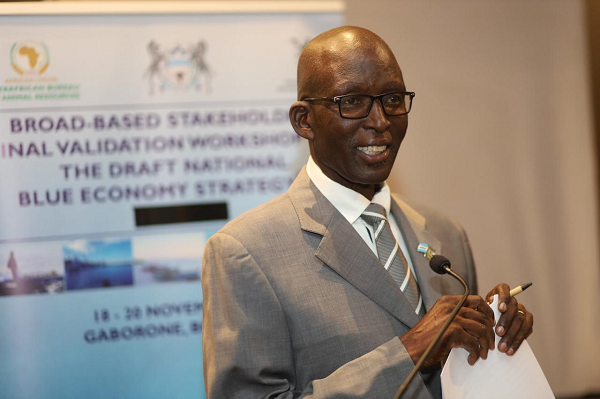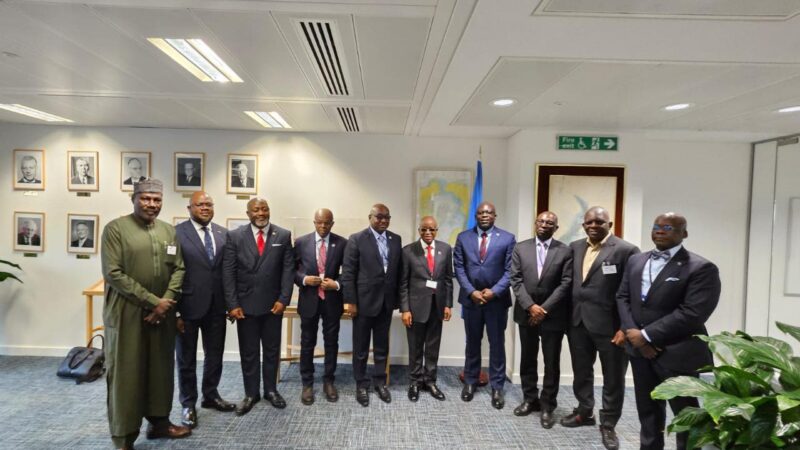Advancing green shipping and green fuel production in Kenya
Kenya’s leading edge in renewable energy generation could play a significant role in boosting maritime decarbonization efforts across the East Africa region.
A workshop organized by IMO’s GreenVoyage2050 Programme, the Kenya Maritime Authority and the International Power-to-X Hub (PtXHub) from 9 to 12 September in Mombasa highlighted the crucial connection between the country’s shipping and energy sectors.
Approximately 90% of Kenya’s electricity is generated from renewable energy sources, mostly geothermal, while several green hydrogen production projects are in the pipeline, in line with the country’s Green Hydrogen Strategy and Roadmap.
“With its great renewable energy potential, Kenya is well placed to take leadership in the production of clean fuels for the maritime sector,” said Eng. Martin Munga, Director-General at the Kenya Maritime Authority in his opening remarks.
Over 55 representatives from Kenyan government ministries, businesses, non-governmental organizations and academia gathered to discuss the urgent need to transition away from fossil fuels towards greener shipping and ports.
Participants learned about the latest green shipping technologies as well as barriers to adopting alternative fuels. They explored ways to achieve greater collaboration across the value chain, and steps to ensure that regulations support the production and bunkering of zero- or near-zero emission fuels.
International experts highlighted how Kenya’s renewable energy resources could be harnessed to support the development of green shipping corridors, benefitting both the country and the wider East African region. Presentations from the African Development Bank (AfDB) and the World Bank focused on financing green hydrogen projects and lessons learned from successful renewable energy projects across the continent.
As part of the workshop, participants visited the Port of Mombasa to learn about its Green Port Policy as well as concrete actions by the Kenya Ports Authority, including the provision of on-shore power for tugs and pilot boats, the development of GHG inventories, and green procurement measures.
National Action Plan for green shipping
The event laid the foundations for the development of Kenya’s first National Action Plan (NAP) for maritime decarbonization.
A roundtable discussion allowed these key stakeholders to exchange views on Kenya’s vision, policy actions, and potential pilot projects. They addressed the unique challenges facing Kenya’s maritime sector, such as infrastructure gaps, and how targeted support and capacity-building could help overcome them.
Michael Mbaru, Deputy Director - Marine Environment Protection at the Kenya Maritime Authority, said: “This collaboration comes at a crucial time for Kenya. The insights and training we have received will help us move forward with a clear and ambitious vision for decarbonizing our maritime sector. With the support of our partners, we are better positioned to draft a comprehensive National Action Plan that reflects Kenya’s leadership in the green energy space.”
Astrid Dispert, GreenVoyage2050 Programme Manager at IMO, highlighted the importance of Kenya’s role in the global maritime energy transition: “The maritime industry is at a key moment as we seek to drastically reduce GHG emissions. The shift to clean fuels represents one of the most significant opportunities to make real progress. Through Kenya’s leadership and commitment, this workshop not only opens doors for local innovation but also sets an example for how countries can harness their renewable energy potential to fuel the decarbonization of global shipping.”
Youth dialogue
During the week, a youth dialogue on green shipping career opportunities was co-hosted by the Kenya Maritime Authority, GreenVoyage2050, the Maritime Technology Cooperation Centre for Africa (MTCC Africa), and PtXHub.
More than 75 students explored ways how to attract young talent to careers in the field of maritime decarbonization in Kenya and discussed strategies for increasing diversity in the industry.
The youth dialogue is part of a series of events the GreenVoyage2050 Programme is implementing to raise awareness about career opportunities in maritime sector and increase gender diversity.
About GreenVoyage2050
GreenVoyage2050 is a major technical cooperation programme initiated by the IMO to assist developing countries in reducing GHG emissions from shipping, aligning with the 2023 IMO GHG Strategy. Phase I of GreenVoyage2050 (2020-2023) supported partnering countries in developing policy frameworks and pilot projects to reduce GHG emissions from ships. Phase II (2024-2030) continues and expands this support, leveraging substantial funding from donors including Finland, France, Germany, the Netherlands, and Norway.
Source : IMO





